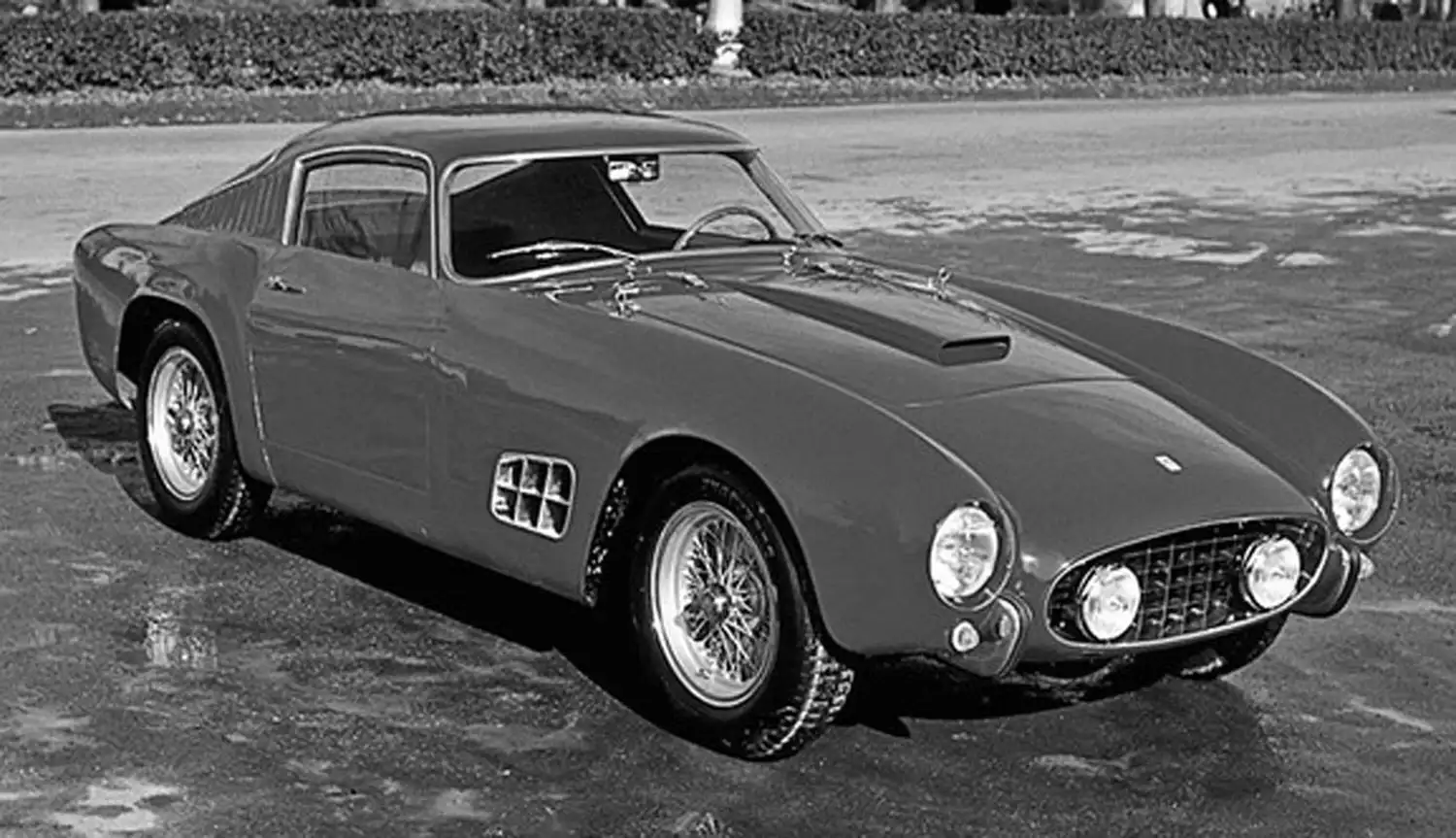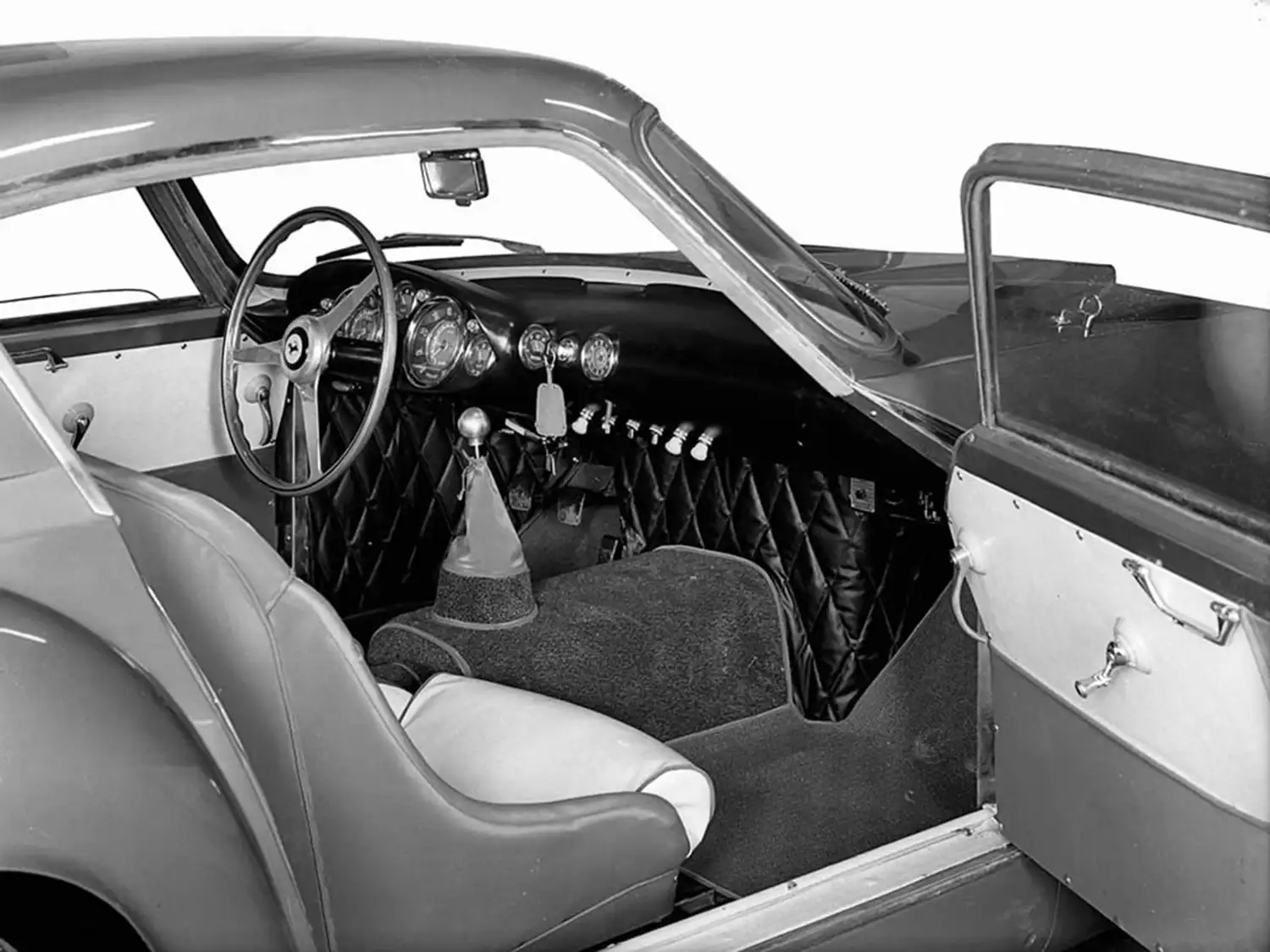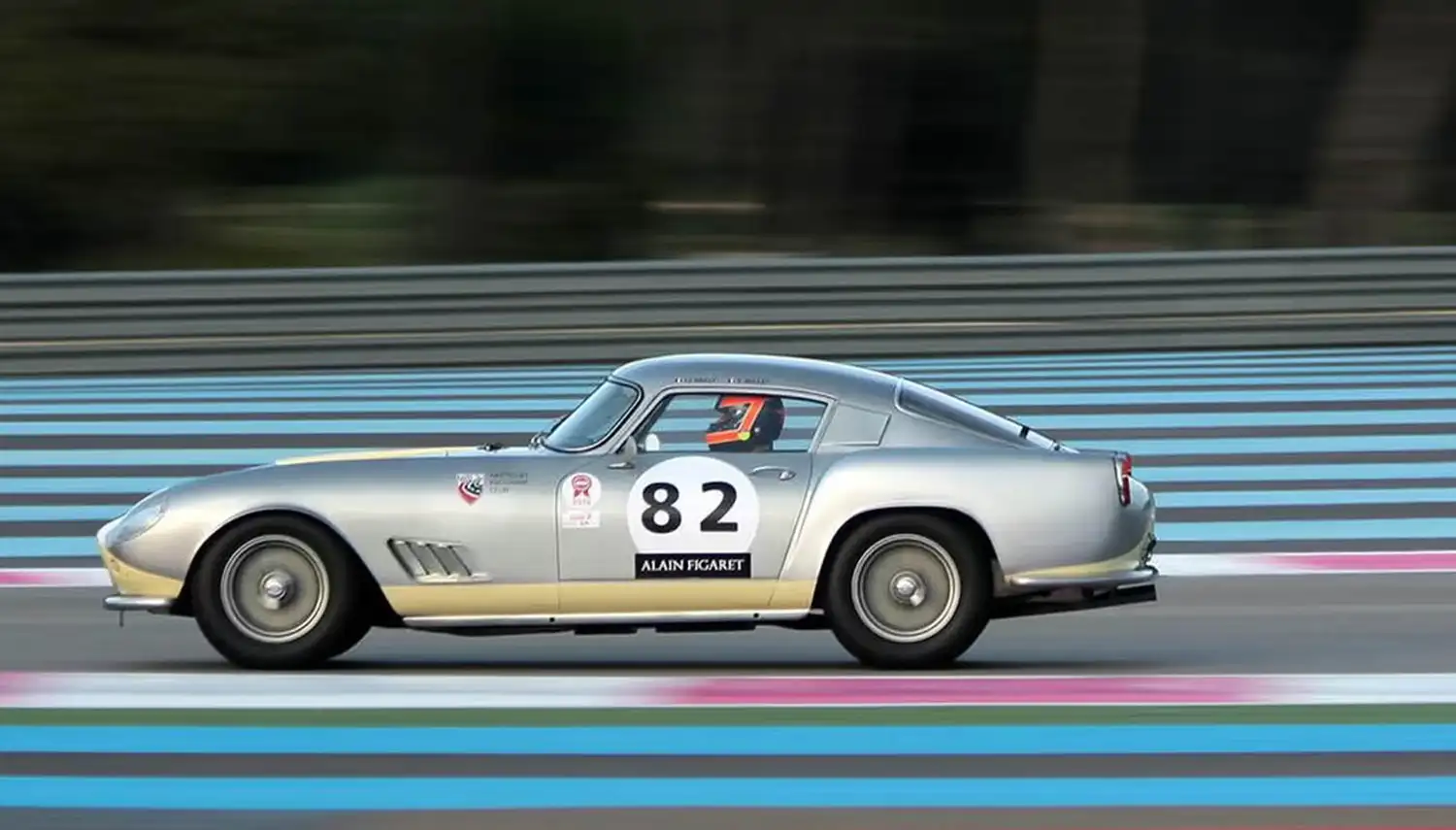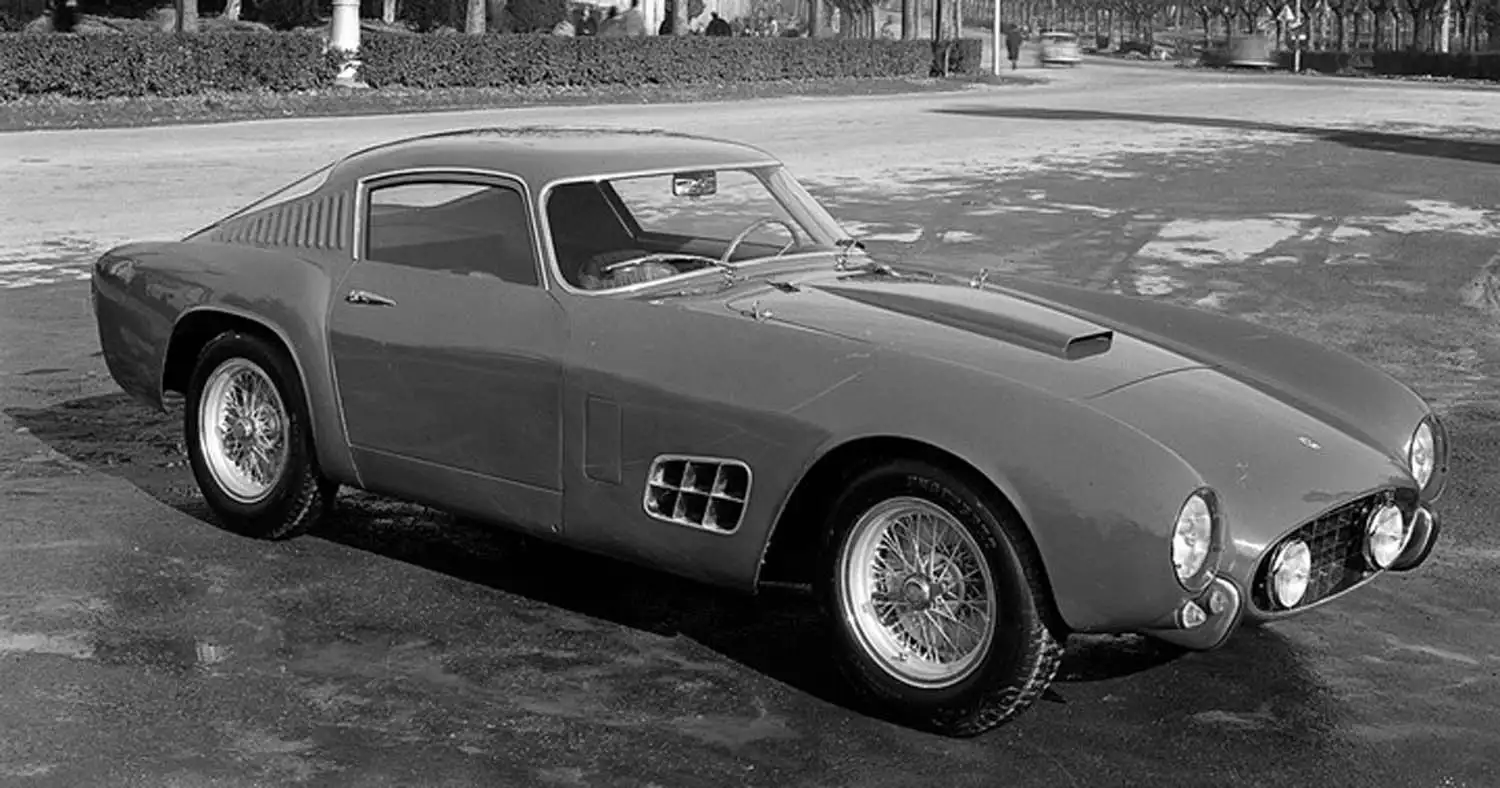
The Ferrari 250 GT Berlinetta, the first model in the legendary Berlinetta series, was introduced as a perfect blend of daily driving and race-winning performance. This model, designed for both the road and the track, quickly established itself as a formidable competitor in the racing world.

Early Development and Racing Success
The initial version, bodied by Scaglietti, debuted in the tough Tour de France and earned the unofficial nickname “TdF.” Subsequent versions continued this legacy, with a new series featuring a 20 cm shorter wheelbase, leading to the first-generation models being referred to as LWB (long wheelbase).

Design and Production
Produced from 1956 to 1959, the “Tour de France” series were competition-oriented versions of the 250 GT road cars, designed for GT racing. The bodies, designed by Pinin Farina and constructed in aluminum by Scaglietti, were mounted on a 2600mm wheelbase chassis. The design evolved through four major iterations during its production, incorporating significant aerodynamic and structural improvements.
Evolution of Design
- 1956: Similar to the 250 Europa GT berlinettas with tauter lines.
- 1957: Separate horizontal rear wing line and smaller, flatter Plexiglass rear screen.
- 1958: Redesigned radiator opening and moved headlights higher into recesses under clear Perspex covers.
- 1959: Uncovered headlights in shallow recesses and a single outlet for the sail panel louvres.

A special “Interim” berlinetta debuted at the 1959 Le Mans 24 Hour Race, featuring a new Pinin Farina body style with distinct quarter light windows.
Technical Specifications
The 250 GT Berlinetta featured a single overhead camshaft per bank 3-litre V12 engine, with a capacity of 2953cc. The engine produced a claimed 260bhp, with variations of the Colombo-designed short block unit being developed throughout its production.

Engine
- Type: Front, longitudinal 60° V12
- Displacement: 2953.21cc
- Maximum Power: 176 kW (240 hp) @ 7000 rpm
- Fuel Feed: Three twin-choke downdraught Weber 36 DCL3 carburettors
- Ignition: Single spark plug per cylinder, two coils

Chassis and Suspension
- Frame: Tubular steel
- Front Suspension: Independent, unequal-length wishbones, coil springs, hydraulic shock absorbers
- Rear Suspension: Live axle, semi-elliptic springs, hydraulic shock absorbers
- Brakes: Drums
- Transmission: 4-speed + reverse
- Steering: Worm and sector

Bodywork and Performance
- Body Type: Two-seater berlinetta
- Wheelbase: 2600mm
- Front Track: 1354mm
- Rear Track: 1349mm
- Weight: 1050kg (dry)
- Top Speed: 252 km/h

Racing Achievements
The Ferrari 250 GT Berlinetta was enormously successful, winning the Tour de France four consecutive times from 1956 to 1959, the Targa Florio in 1957, and the GT category at Le Mans in 1959. Its combination of speed, reliability, and handling made it the GT car to beat during its racing years.
The Ferrari 250 GT Berlinetta remains a symbol of automotive excellence, celebrated for its design, engineering, and racing pedigree. Its legacy continues to inspire and captivate car enthusiasts and collectors worldwide.
Source: Ferrari & Wheelz.me
This Article use tools from Chatgpt







